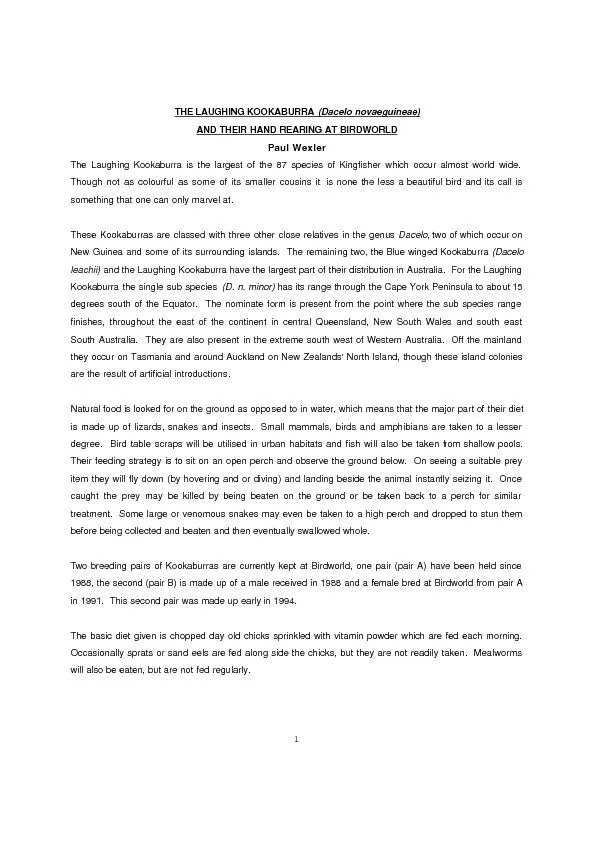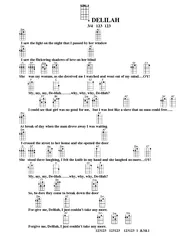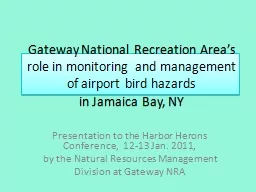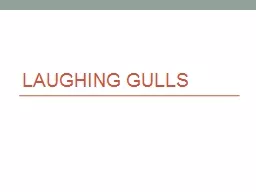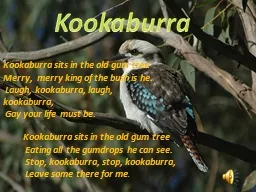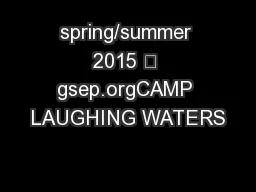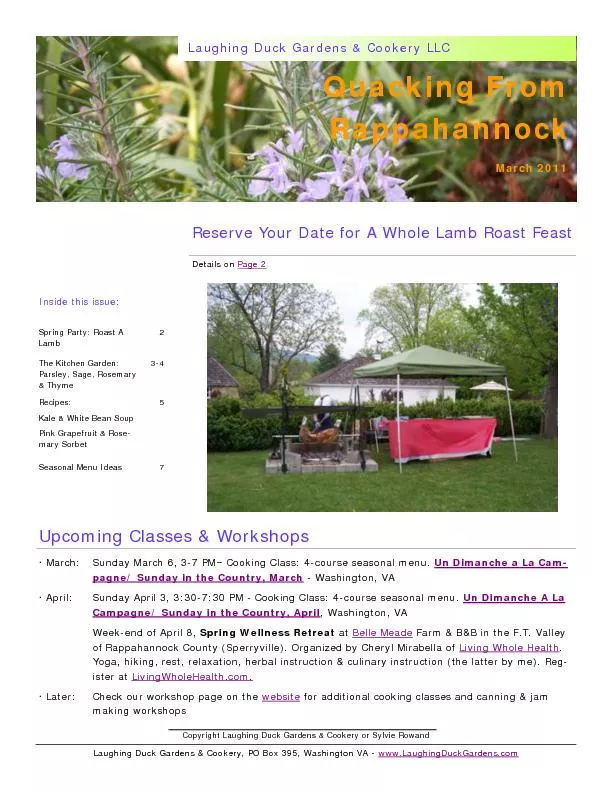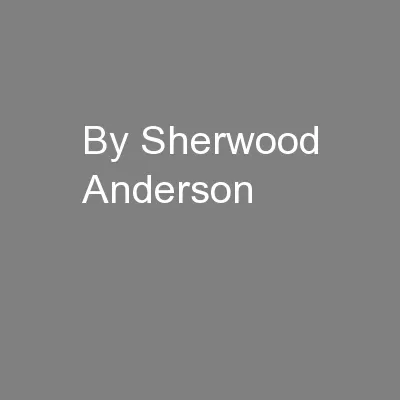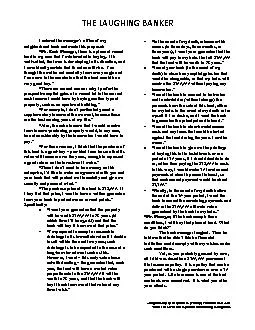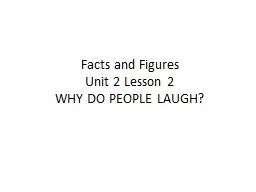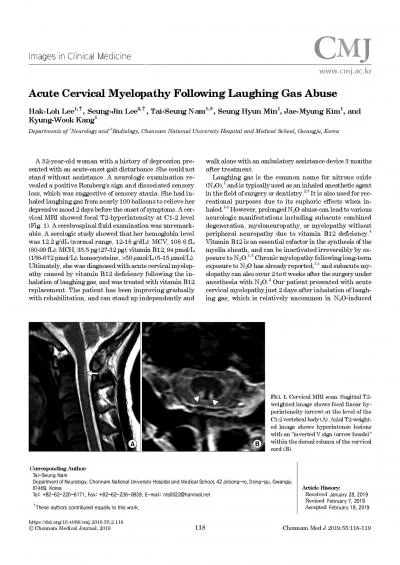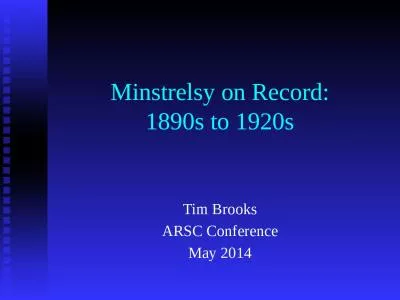PDF-THE LAUGHING KOOKABURRA (Dacelo novaeguineae)
Author : trish-goza | Published Date : 2016-06-19
1 AND THEIR HAND REARING AT BIRDWORLD Paul Wexler The Laughing Kookaburra is the largest of the 87 species of Kingfisher which occur almost world wide Though not
Presentation Embed Code
Download Presentation
Download Presentation The PPT/PDF document "THE LAUGHING KOOKABURRA (Dacelo novaegui..." is the property of its rightful owner. Permission is granted to download and print the materials on this website for personal, non-commercial use only, and to display it on your personal computer provided you do not modify the materials and that you retain all copyright notices contained in the materials. By downloading content from our website, you accept the terms of this agreement.
THE LAUGHING KOOKABURRA (Dacelo novaeguineae): Transcript
Download Rules Of Document
"THE LAUGHING KOOKABURRA (Dacelo novaeguineae)"The content belongs to its owner. You may download and print it for personal use, without modification, and keep all copyright notices. By downloading, you agree to these terms.
Related Documents

